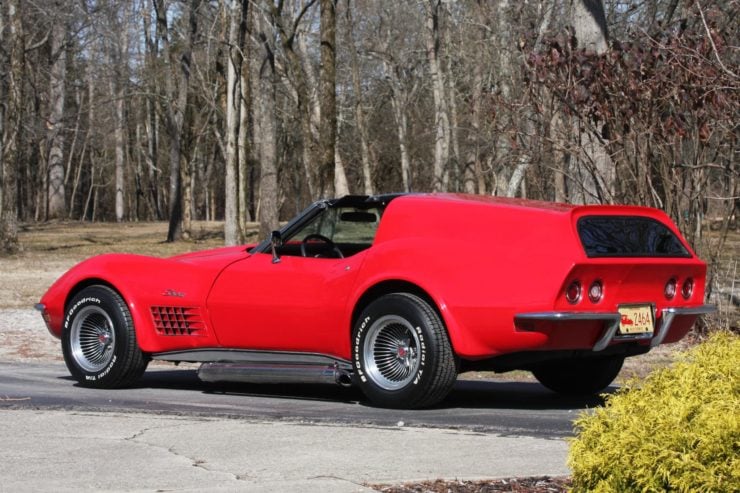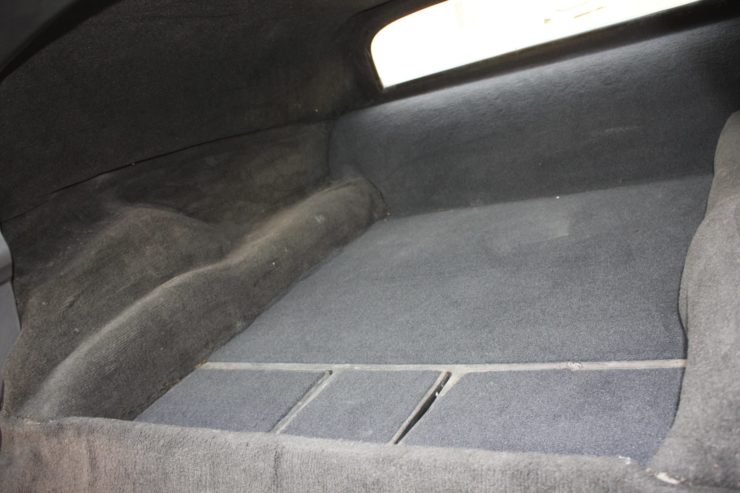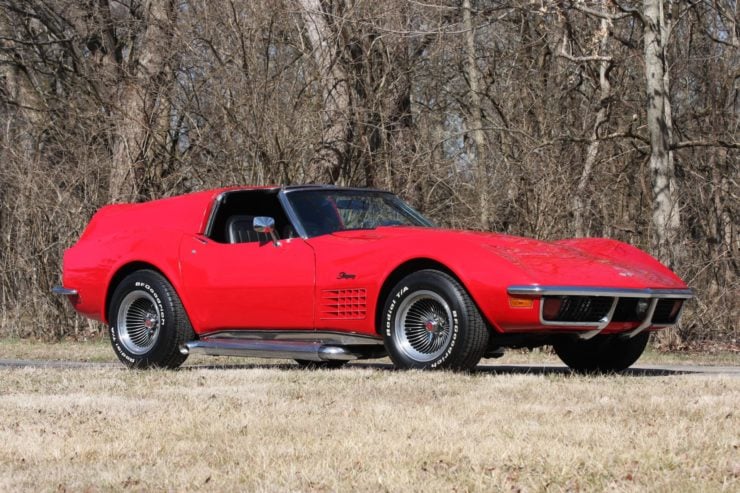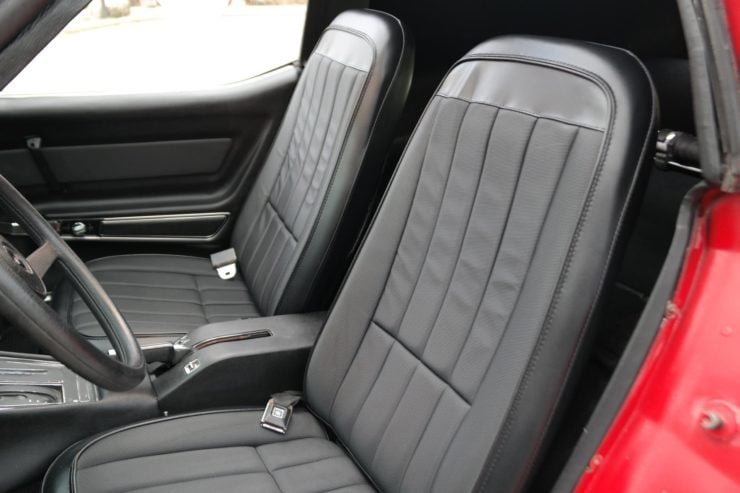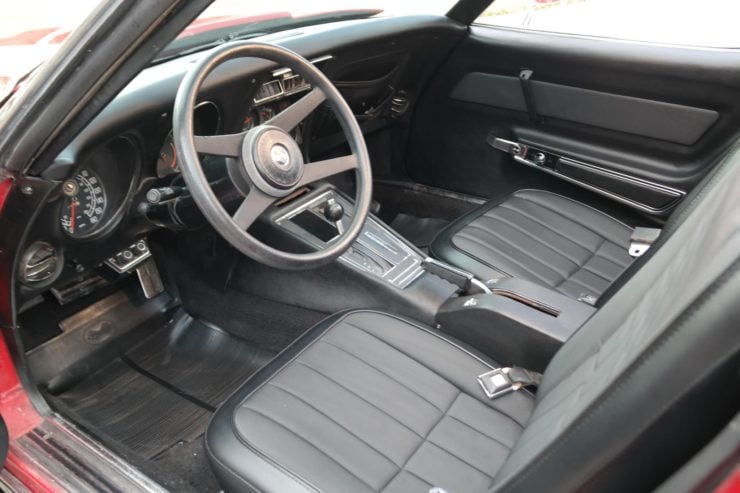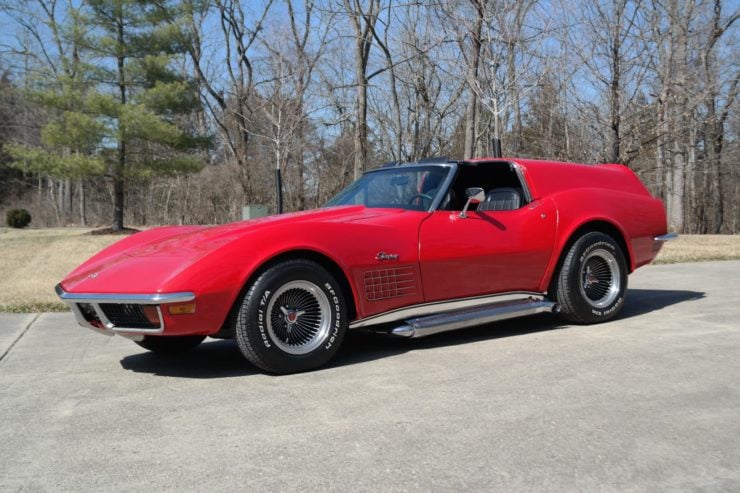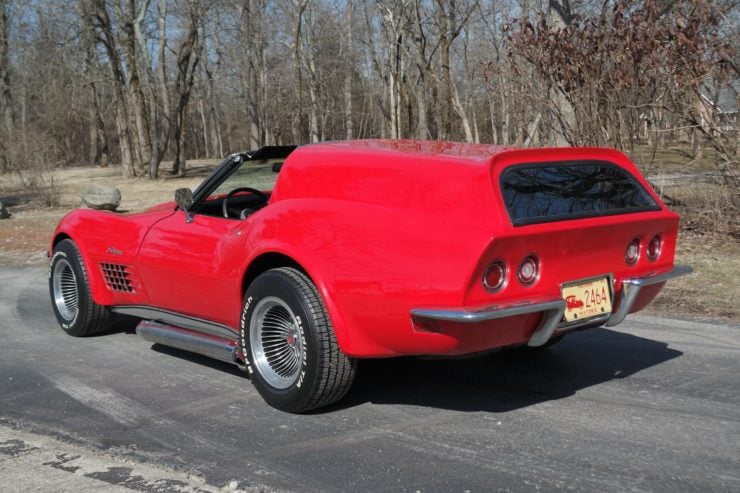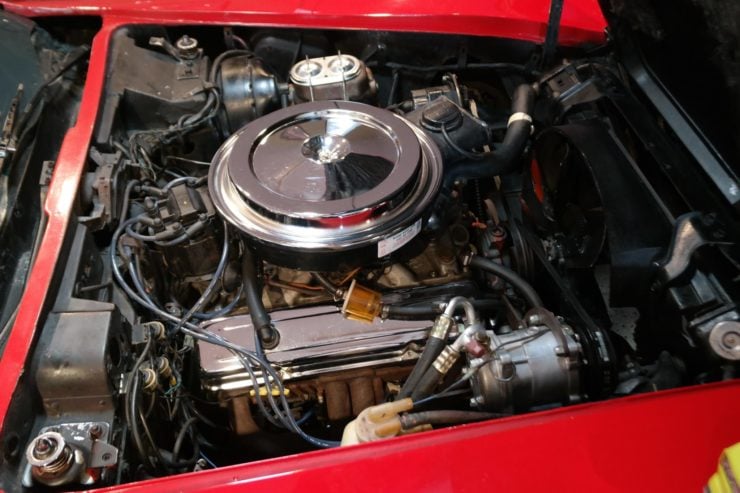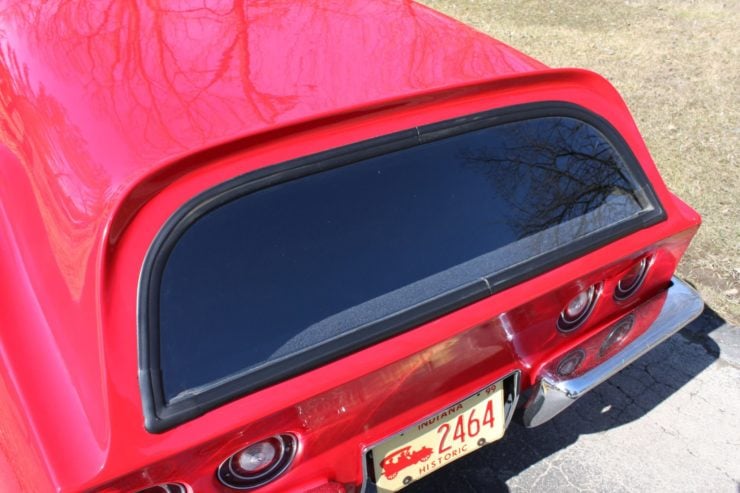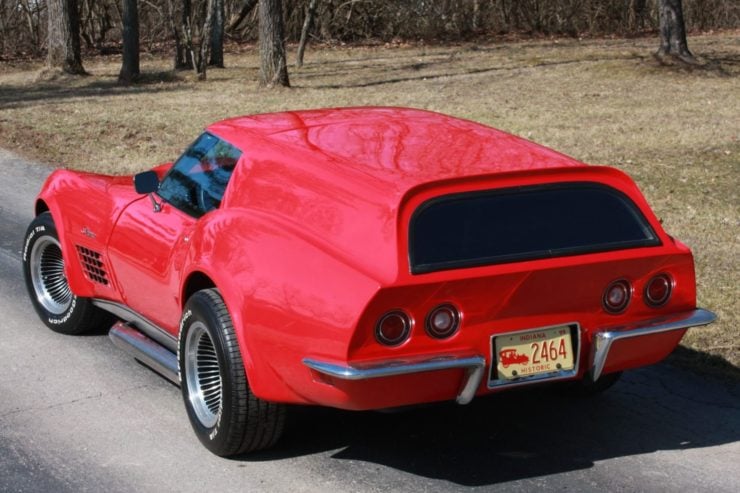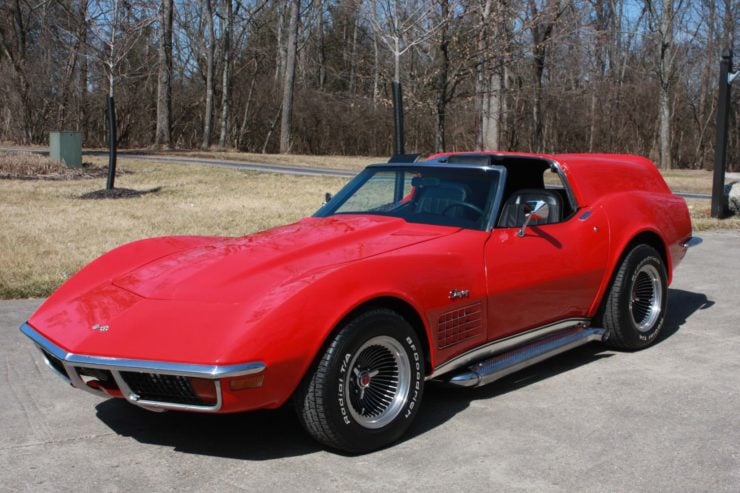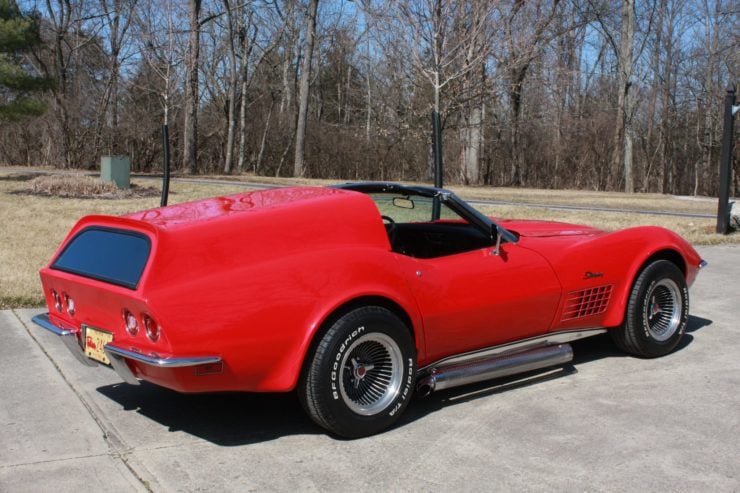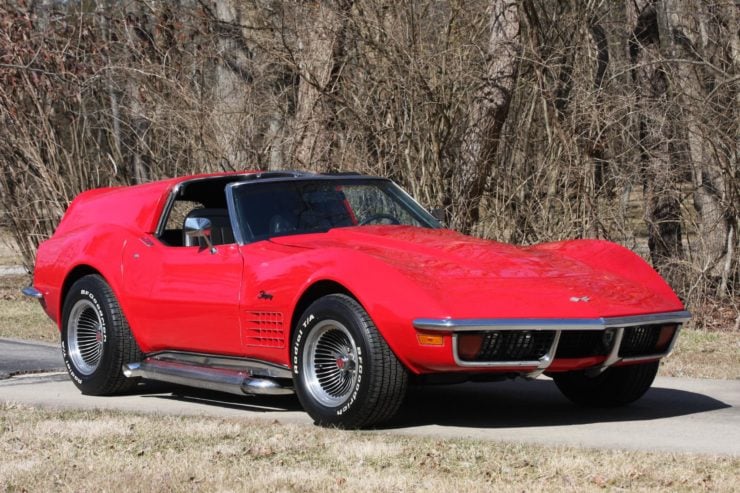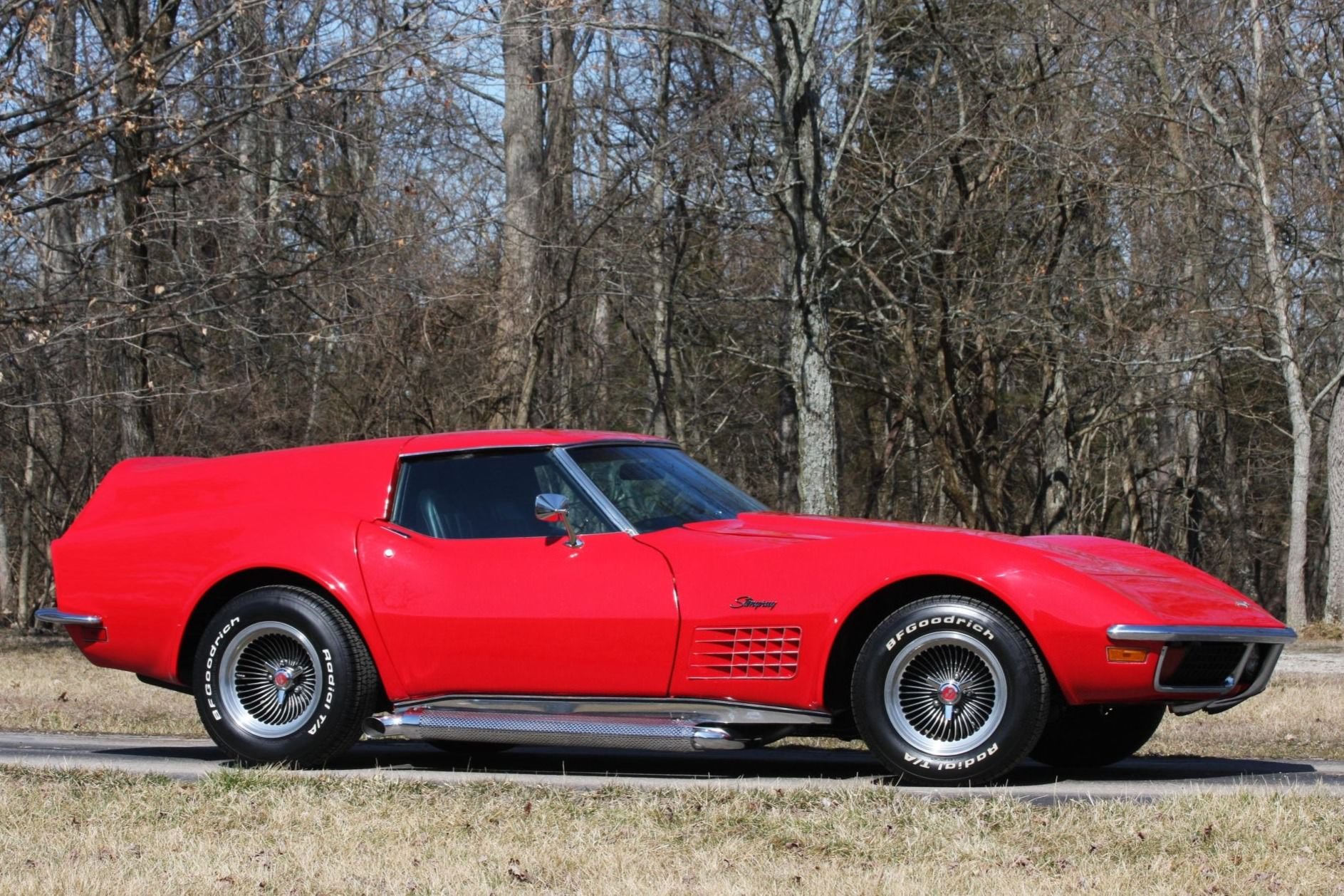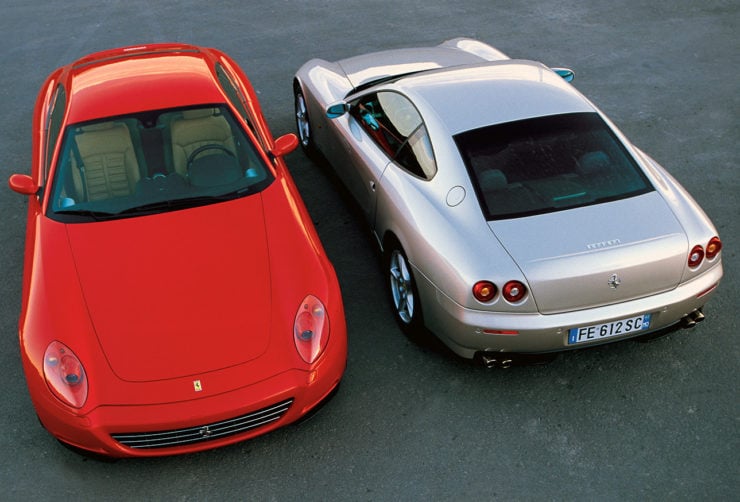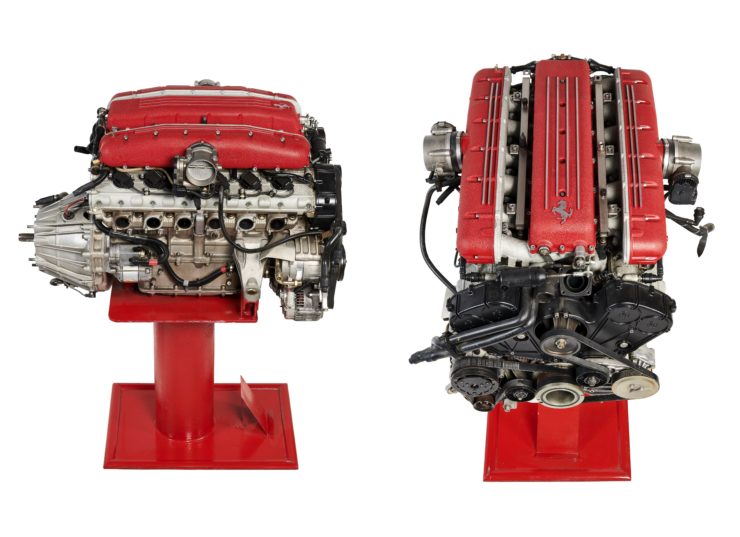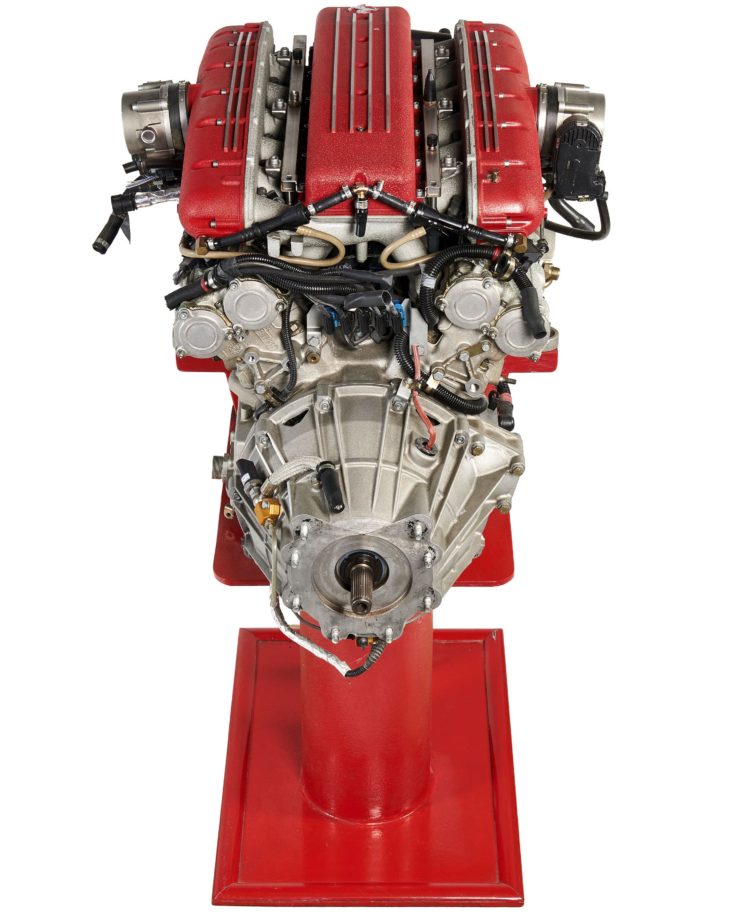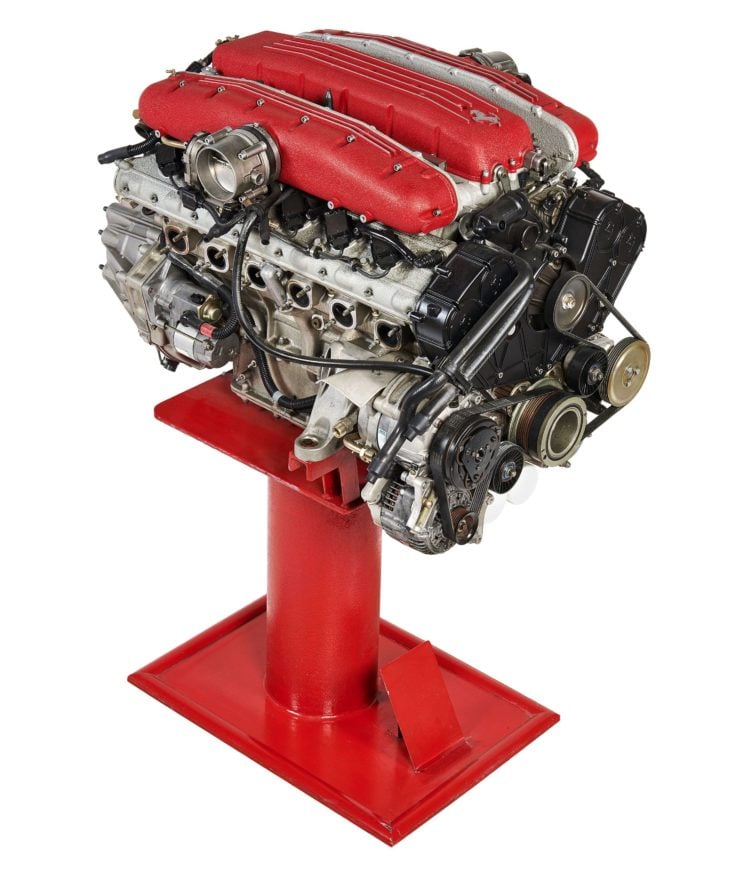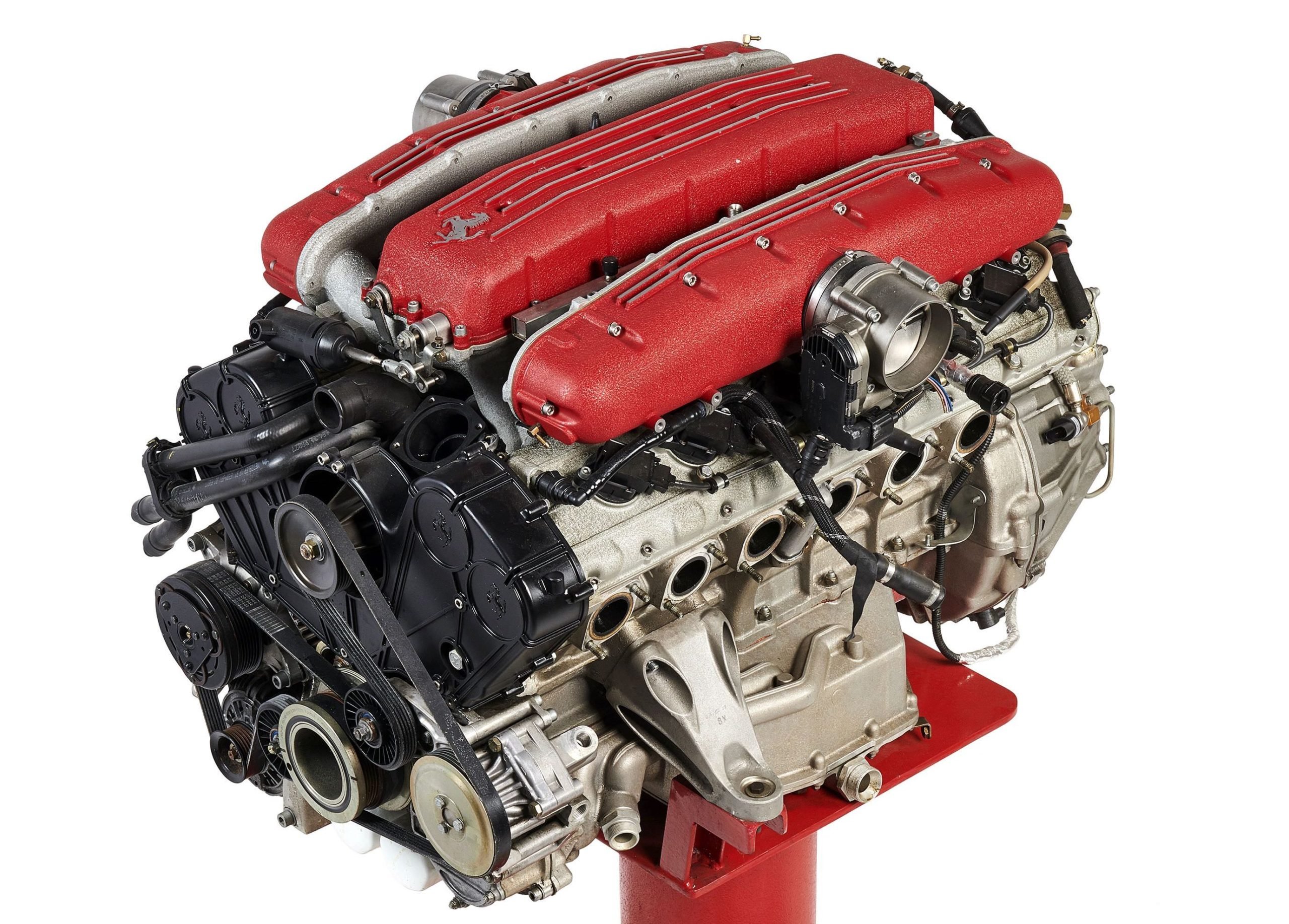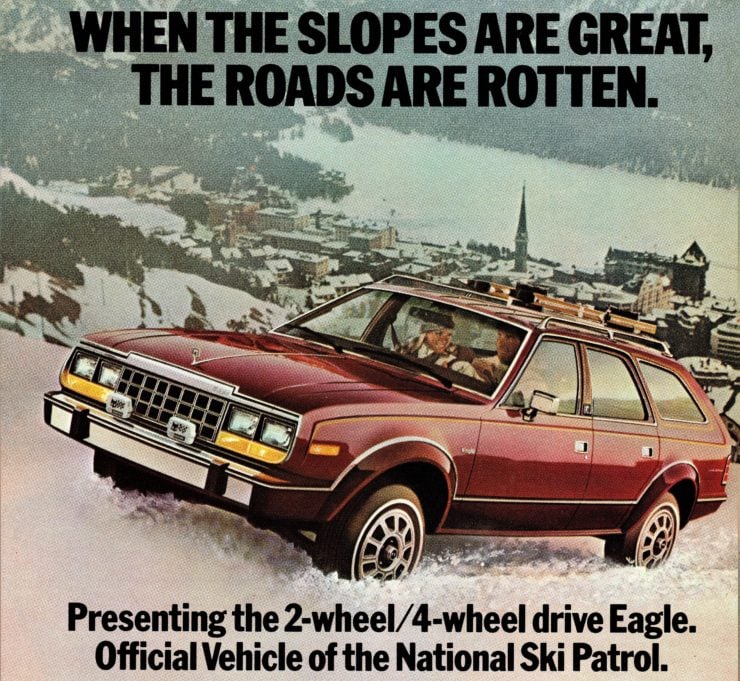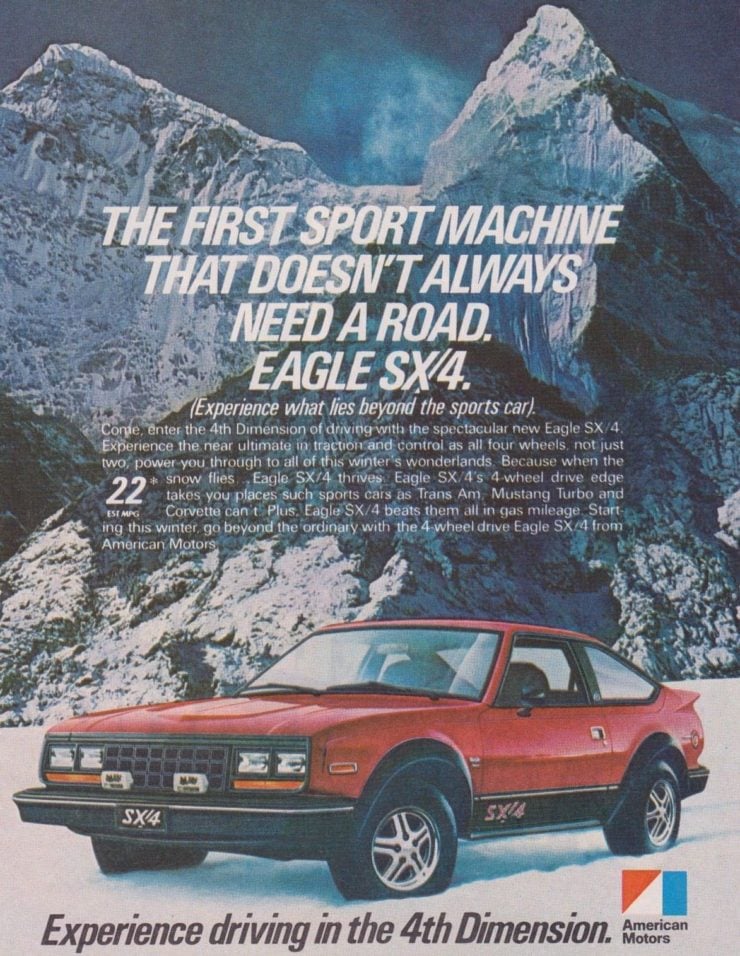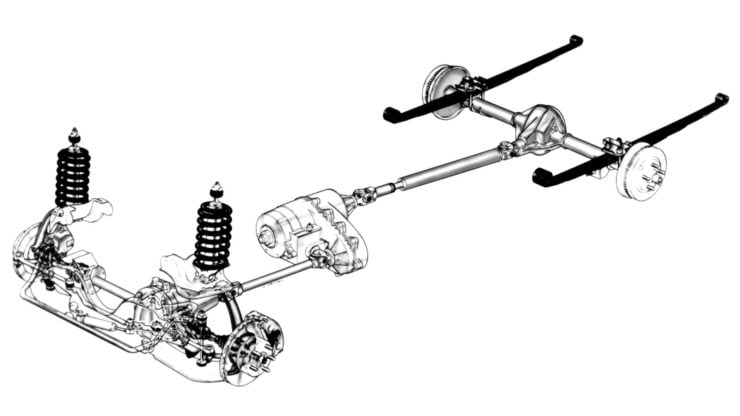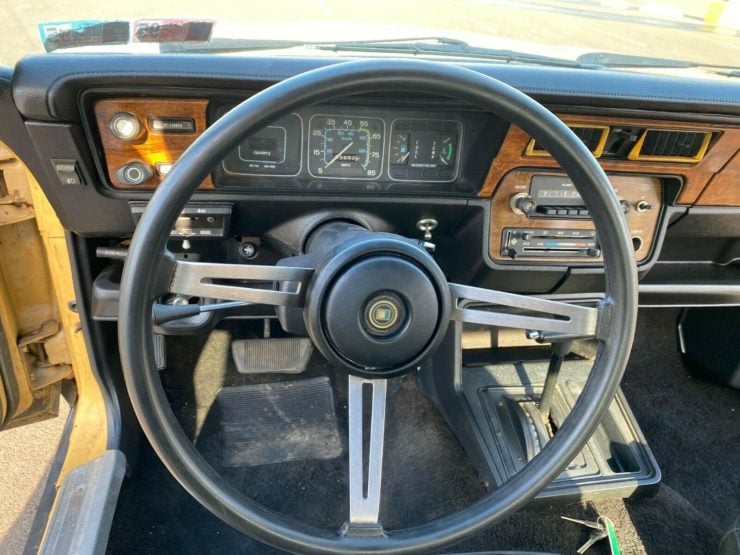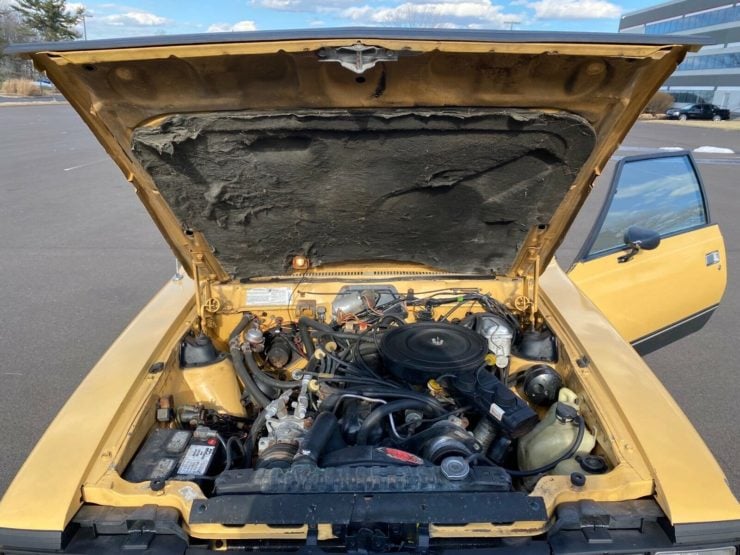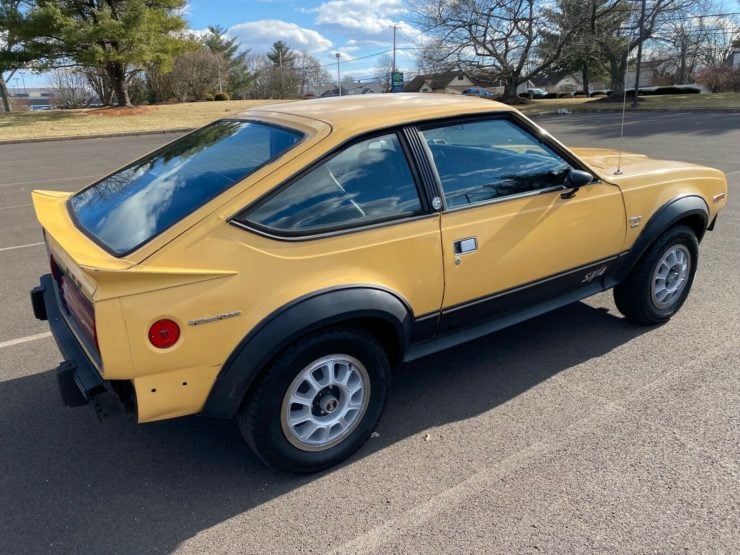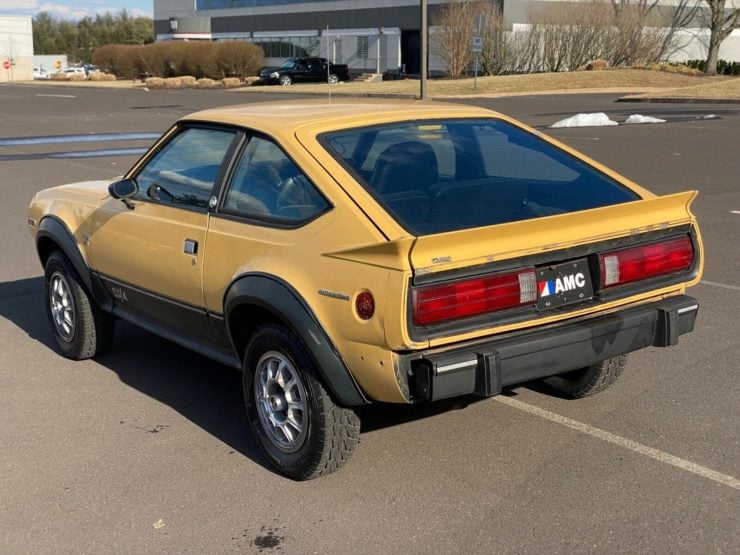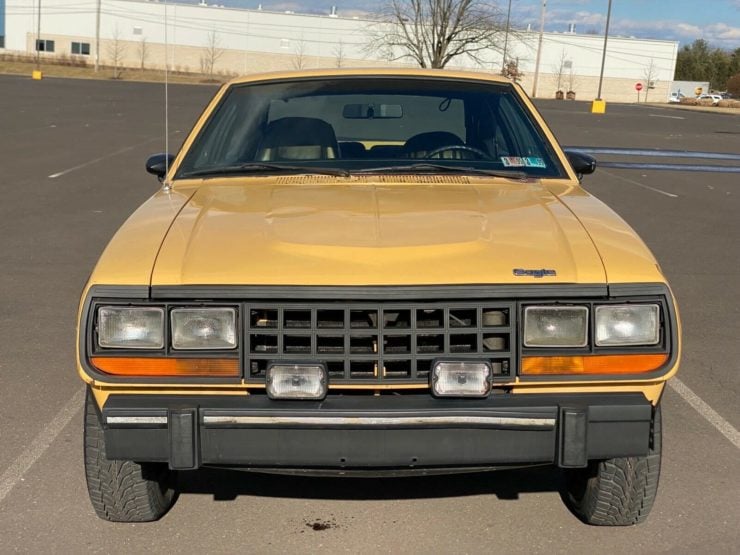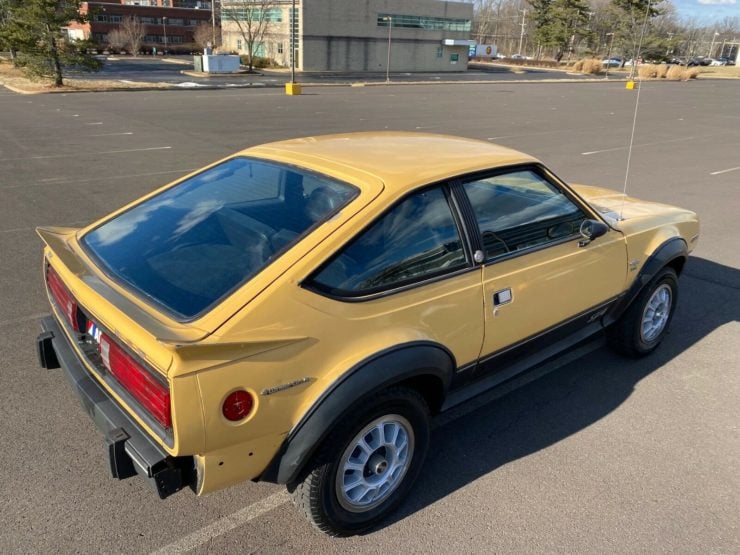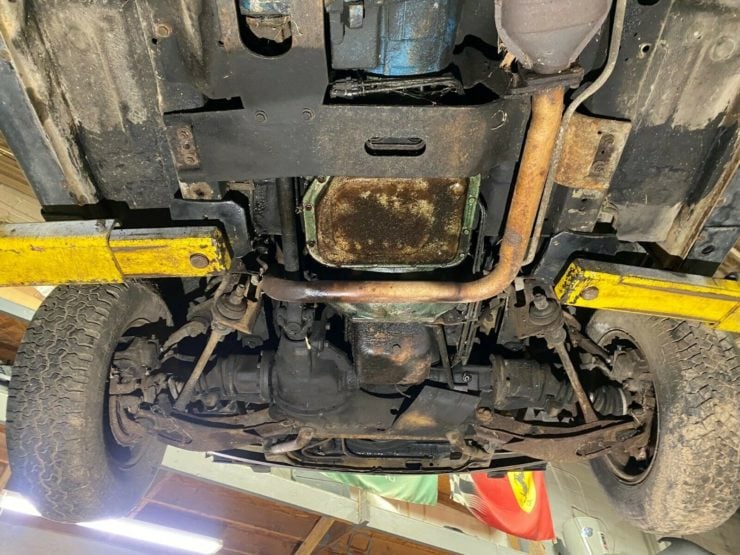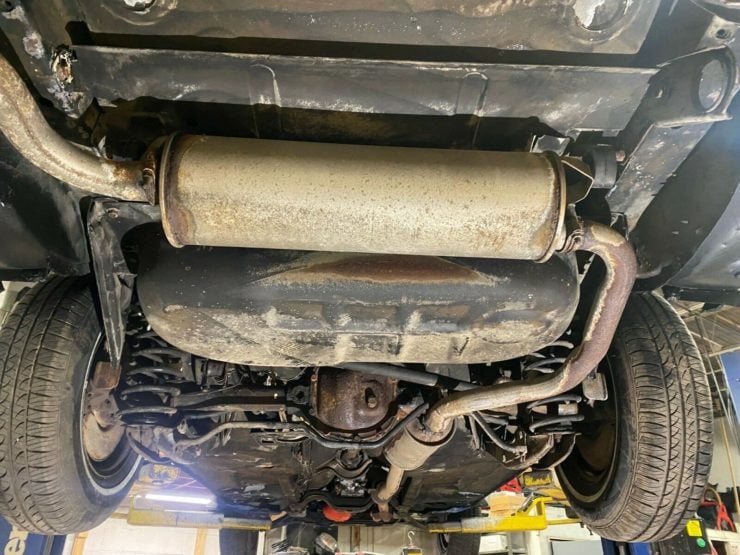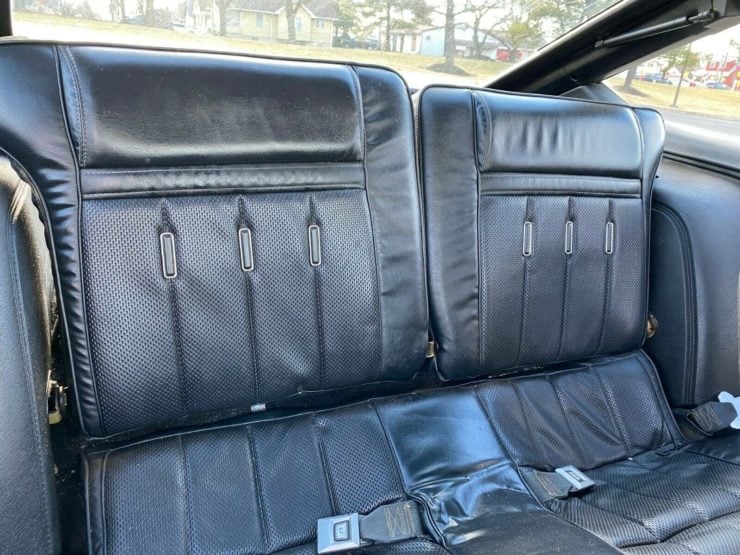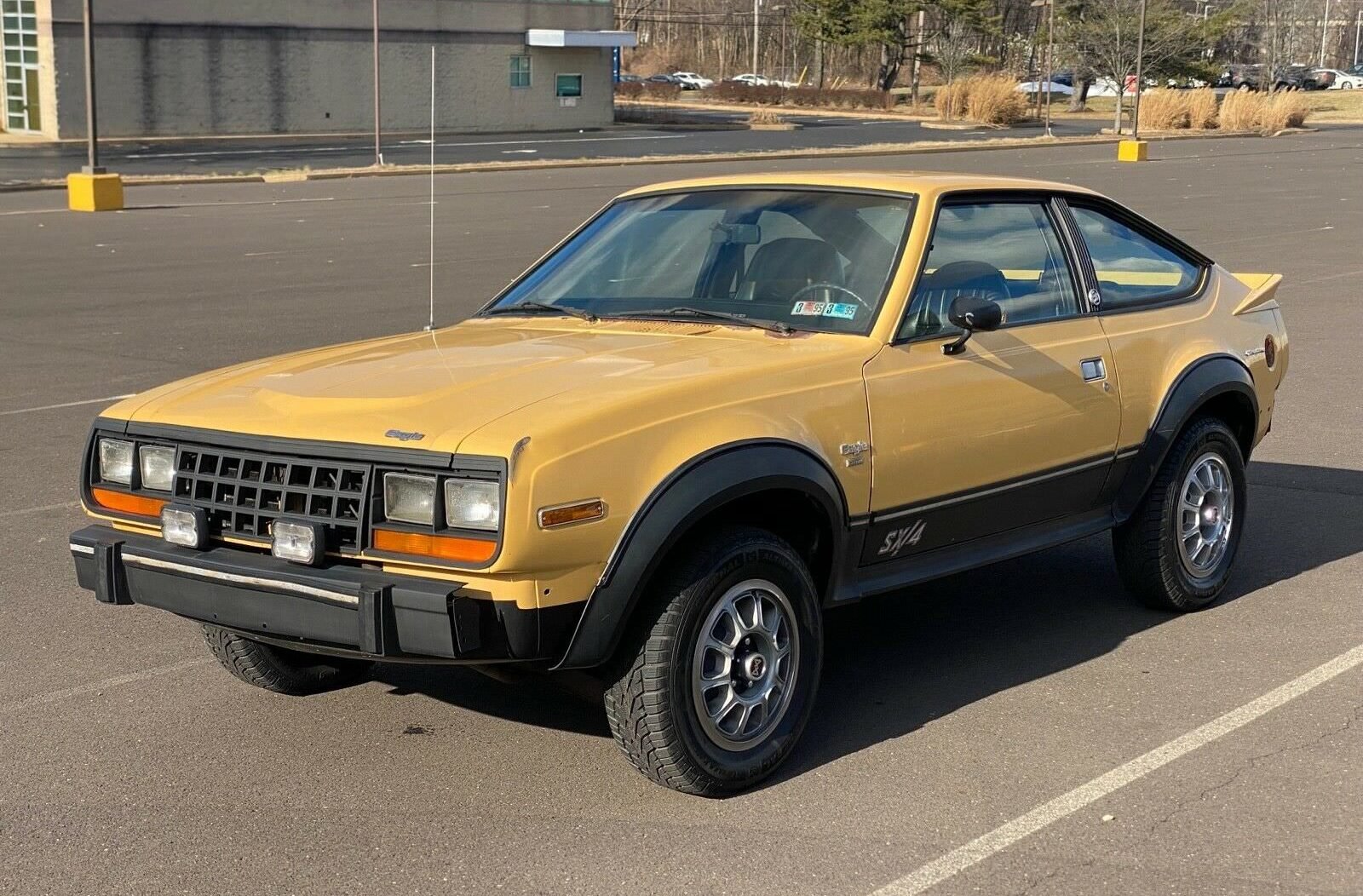This 1963 Gillig Model 590 has been restored and rebuilt into the ideal hauler for vintage Porsches, it’s been reskinned with a new aluminum-alloy body finished in red and gray Porsche livery, and it’s powered by a 7.0 liter Detroit Diesel 6-71 turbodiesel inline-six.
Ever since the earliest days of motor racing people have needed race car haulers, many of which crisscross the content during the racing season going from circuit to circuit, and they often become impromptu party venues after successful races.
Fast Facts – The Gillig Model 590
- Gillig was originally founded in 1890 as a coachbuilder, creating bodies for chassis supplied by automobile manufacturers.
- By the 1930s they had diversified into building transit-style school busses, they would soon cease all automotive work and focus solely on bus building.
- During WWII Gillig built a vast number of “Victory Trailer” trailer buses for the US armed forces, they were used for troop transport at military bases.
- The Gillig Model 590 you see here has been rebuilt into a classic Porsche race car hauler, it’s been reskinned in alloy, given a period-correct Porsche livery, and fully restored throughout.
The Gillig Brothers
The Gillig Brothers founded their carriage and wagon shop in San Francisco in 1890. They gradually shifted into automotive coachbuilding to meet the demand of the the early days of the automobile, when many manufacturers would sell a rolling chassis that still needed to have a body built and fitted.
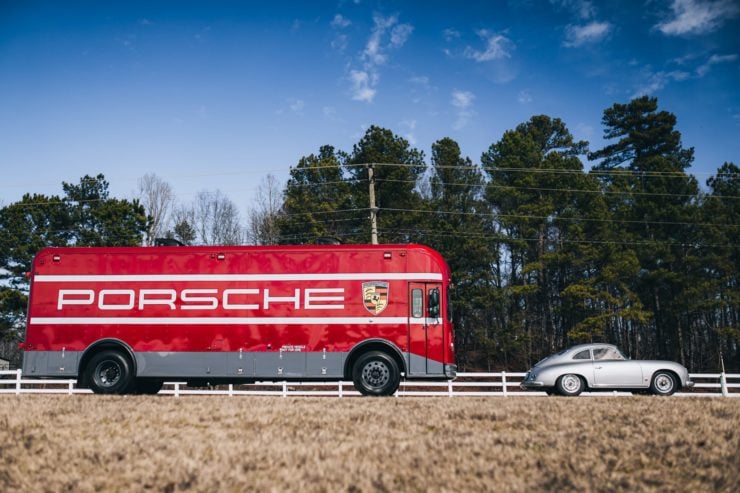
This transporter is ideally suited for either race car hauling or show car hauling, with enough room in the back for two cars.
By the 1930s the company had started to diversify, using their skilled workers to build school busses, this soon became so lucrative that the company ceased their coachbuilding business and focussed on building busses full time.
During WWII production was switched over for the war effort, Gillig built countless examples of “Victory Trailer” trailer buses for the US armed forces, used for transporting troops on and off military bases.
After the war Gillig grew to become one of the biggest bus manufacturers in the United States, they remained a market leader in school bus manufacturing until the 1970s when the market began to dry up.
Gillig began to pivot to transit bus manufacturing and by the 1980s they had ceased school bus manufacturing to focus on transit busses. Today Gillig remains one of the biggest transit bus manufacturers in the USA.
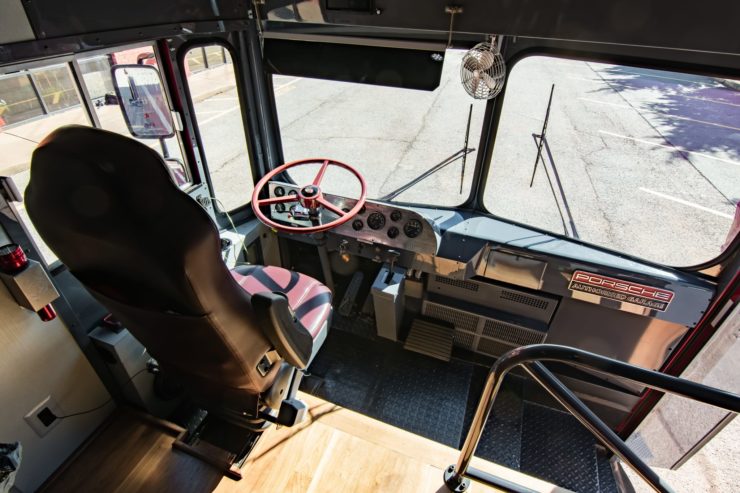
Thanks to the 7.0 liter Detroit Diesel 6-71 turbodiesel engine and the Allison automatic transmission, this Gillig is both more powerful and a little easier to drive than it would have been with the original powertrain from 1963.
The Gillig Model 590 Porsche Hauler Shown Here
The 1963 Gillig Model 590 you see here has been completely rebuilt into a period Porsche hauler, ideally suited to hauling race cars but also perfect for transporting rare classic Porsches to shows and concours events.
The full nut and bolt rebuild of this Model 590 was extensive, it was given new aluminum alloy bodywork, custom aluminum Budd wheels, and it’s powered by a rebuilt 7.0 liter Detroit Diesel 6-71 turbodiesel straight-six paired with an Allison automatic transmission.
The red, white, and gray livery features large “Porsche” text down either side accompanied by a Porsche logo, with additional Porsche logos on the front and rear.
Though it looks like a period-correct 1960s-era race car hauler there have been a number of more modern additions including air conditioning systems, Cummins Onan diesel generators, side and rear-view cameras, black walnut flooring, and aluminum rear ramps for getting the cars in and out.
If you’d like to read more about this transporter or register to bid you can click here to visit the listing on Bring A Trailer. It’s currently being auctioned live online out of Atlanta, Georgia.
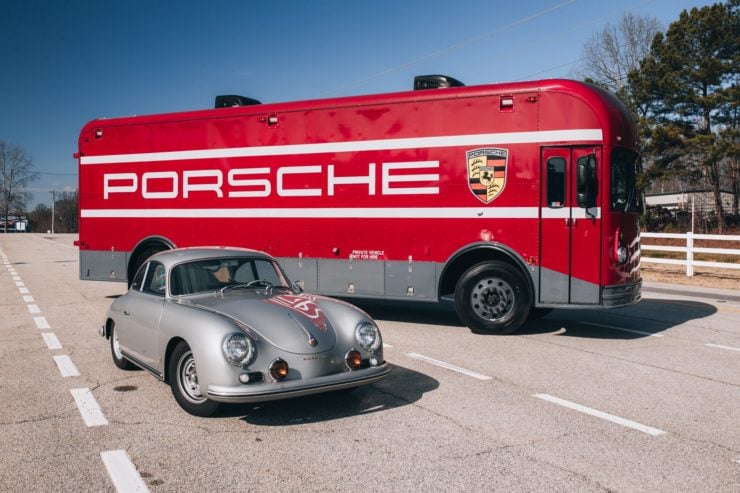
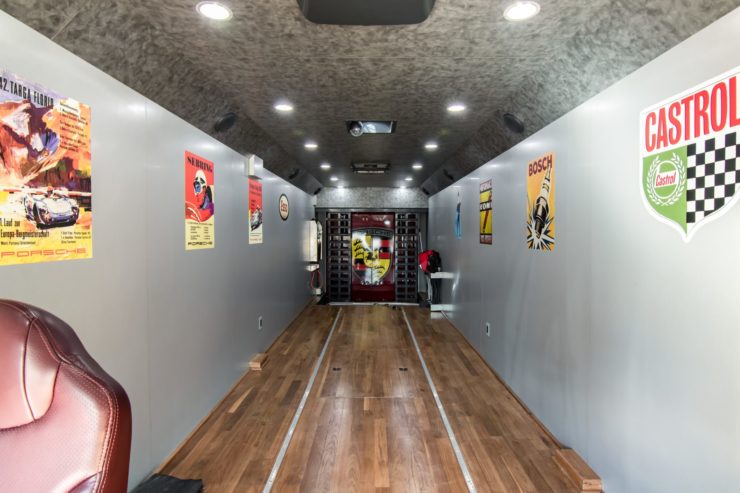

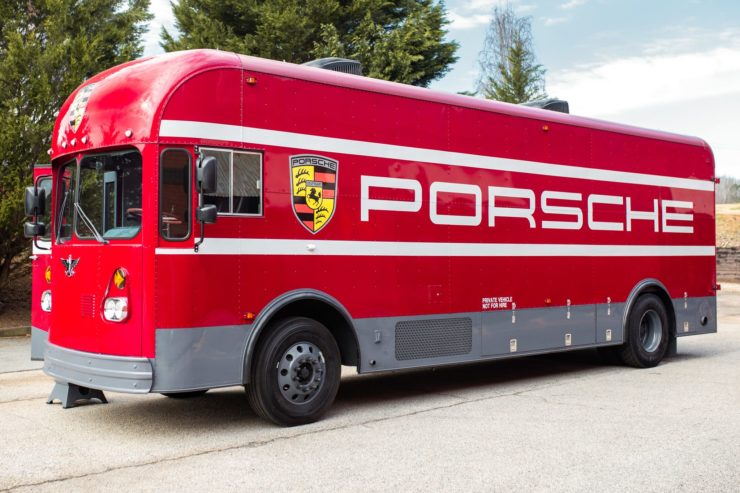
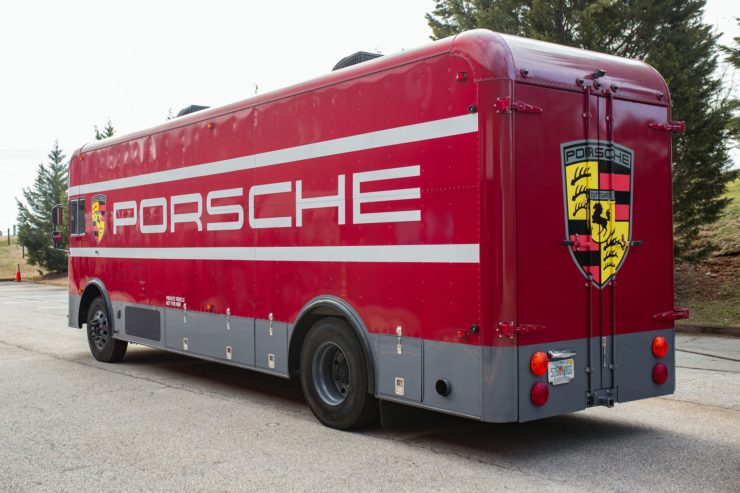
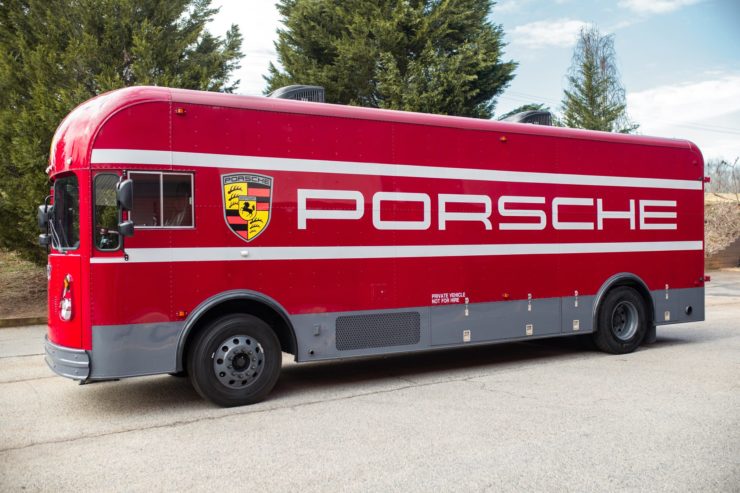
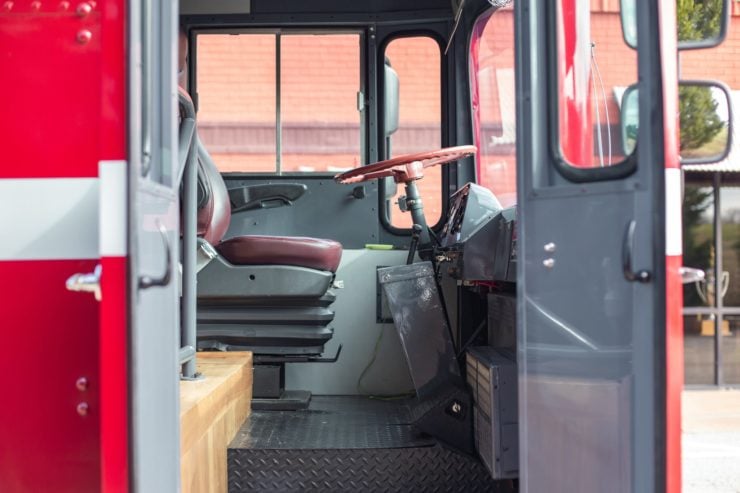
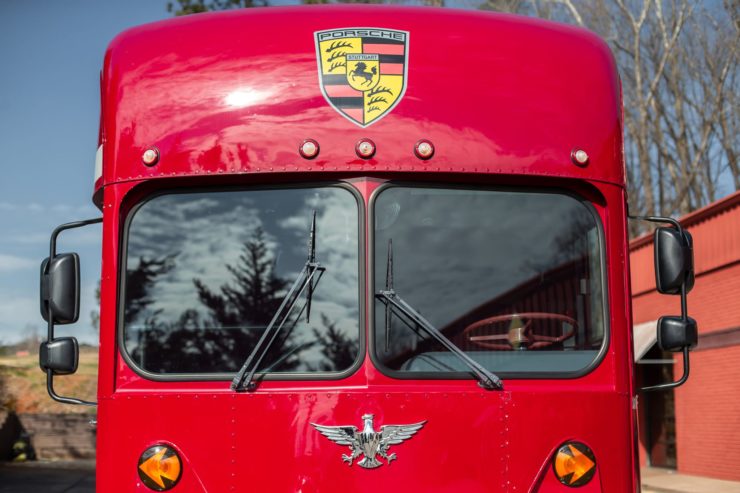
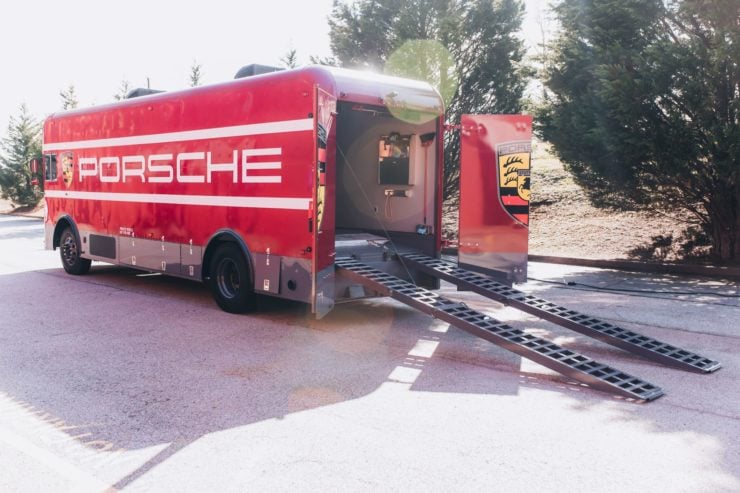
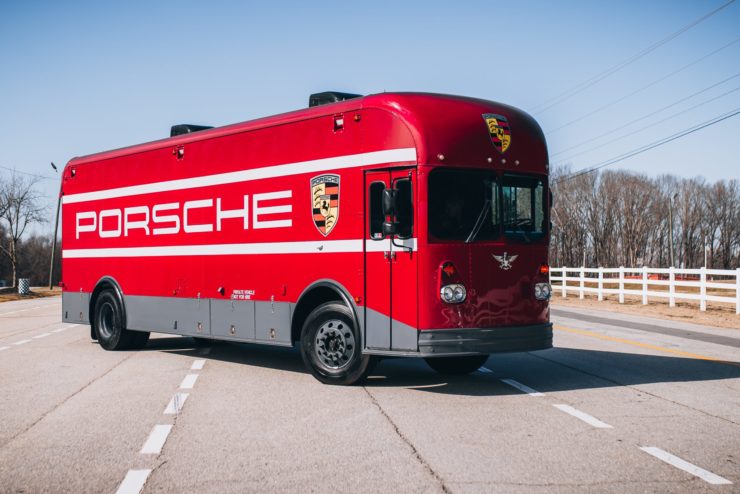
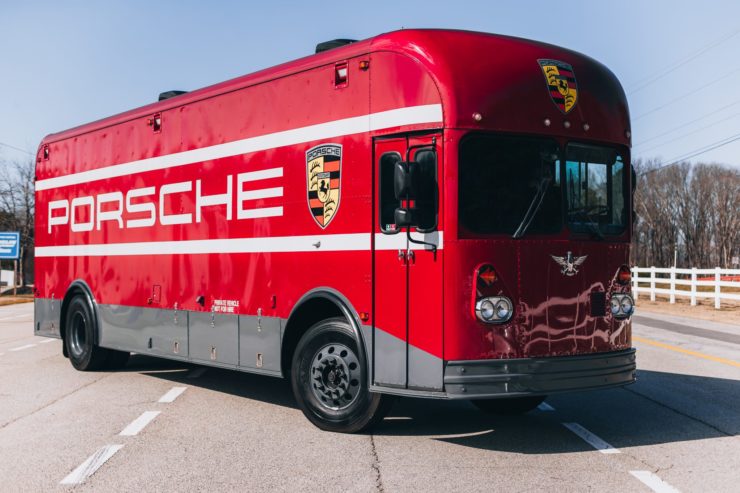
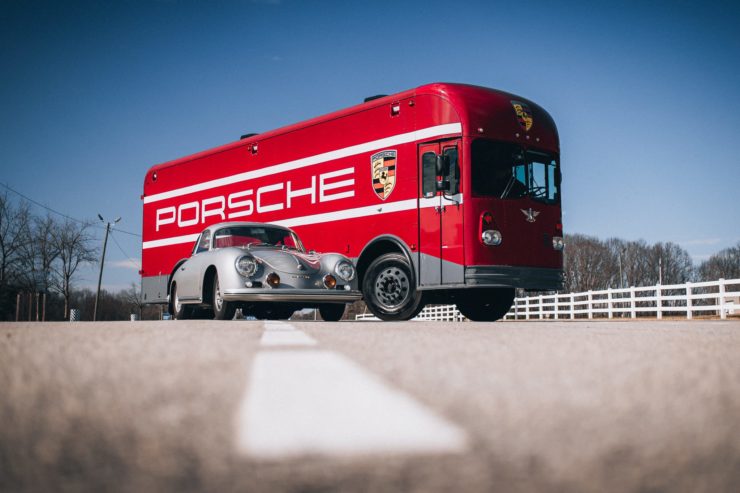
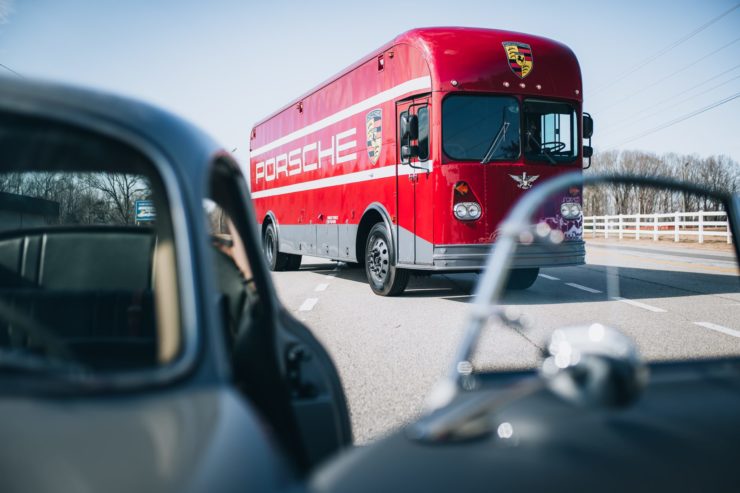
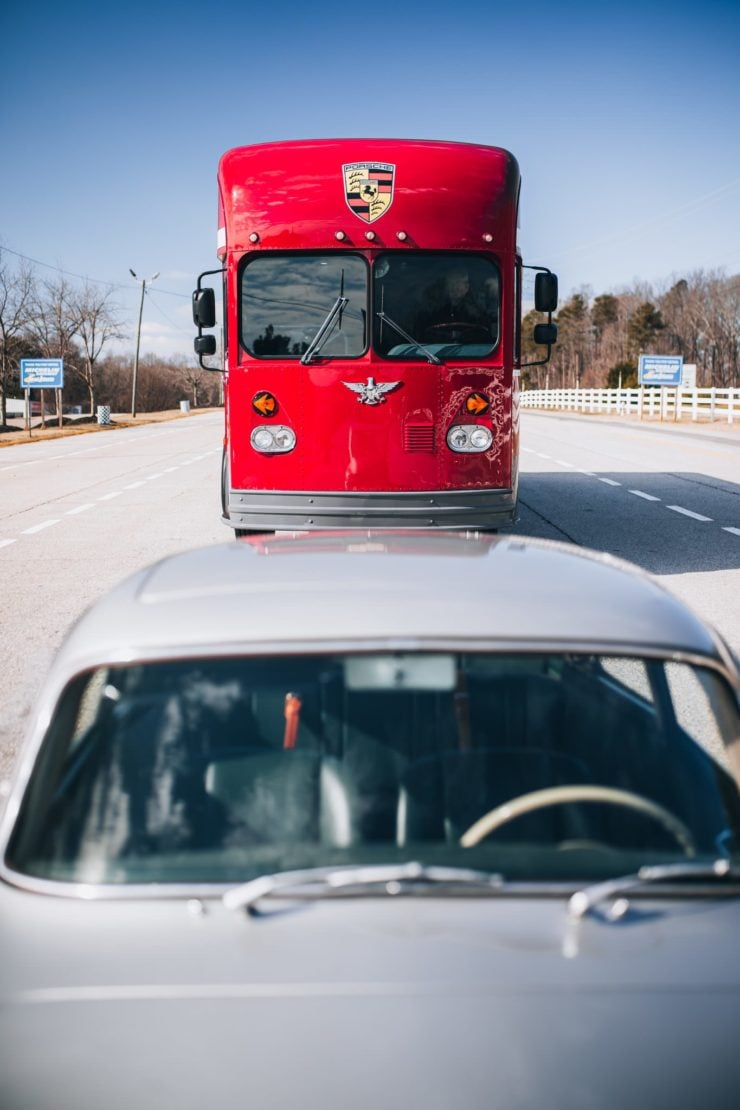
Images courtesy of Kenneth Midgett via Bring A Trailer
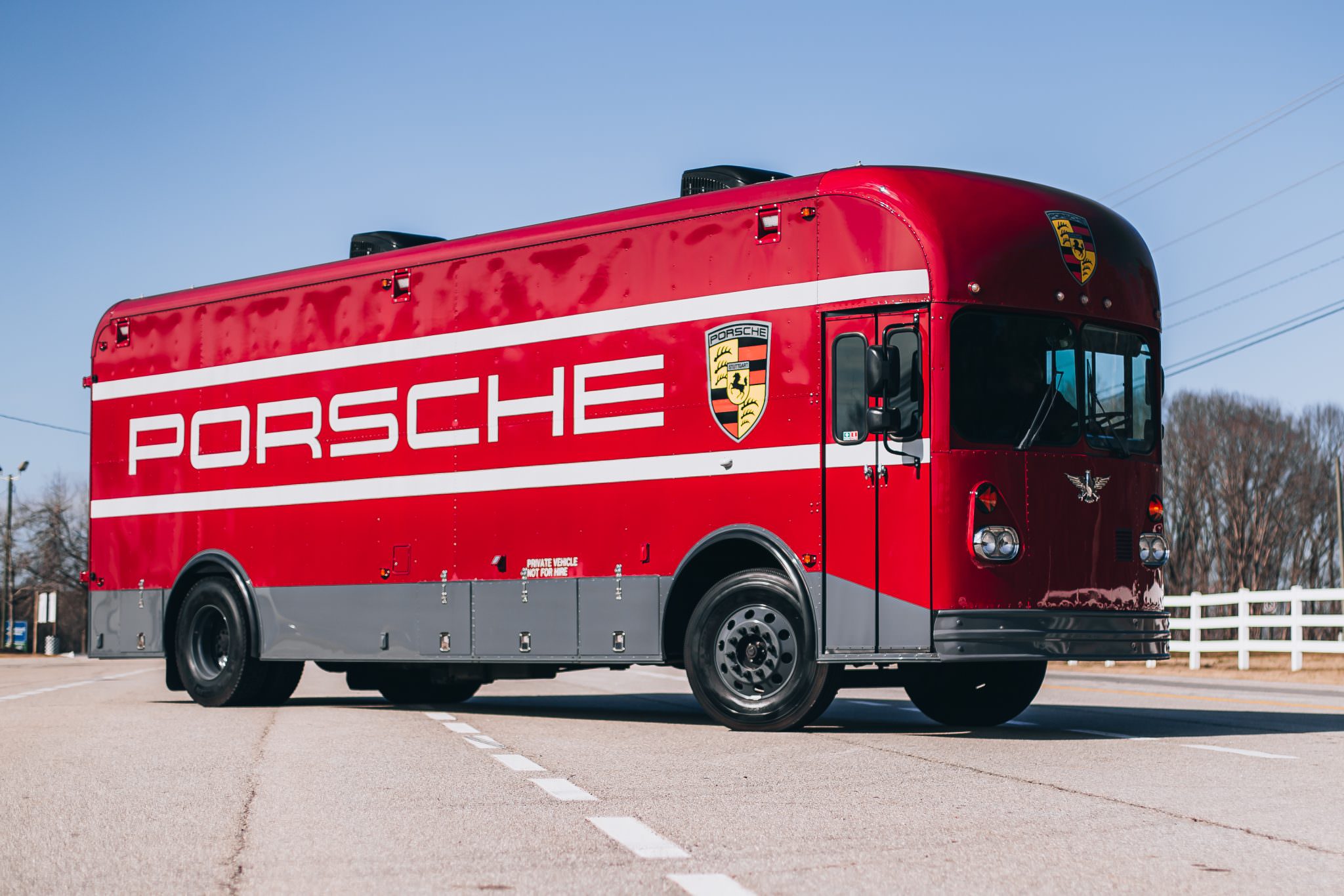
The post 1963 Gillig Model 590 Porsche Race Car Hauler appeared first on Silodrome.
from Silodrome https://silodrome.com/gillig-model-590-porsche-race-car-hauler/
via gqrds

